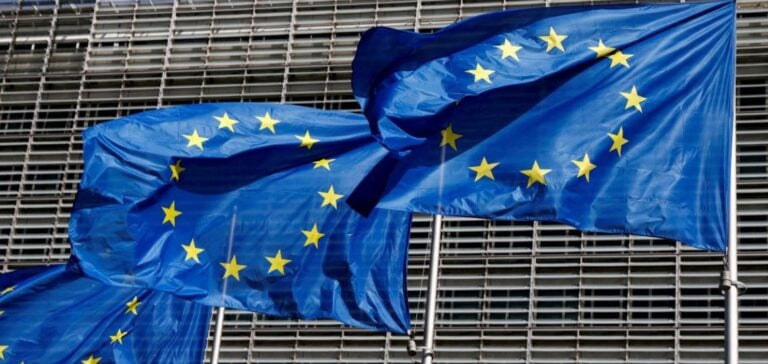The European Union has taken the bold step of allocating 720 million euros to seven projects dedicated to the production of green hydrogen. These projects, located mainly in Spain and Portugal, but also in Finland and Norway, will benefit from an impressive combined capacity of 1,000 MW. They are expected to produce 1.58 million tonnes of hydrogen over the next decade, representing a significant step towards reducingEurope ‘s dependence on fossil fuels.
The auction mechanism: a model of financial innovation
Funding for these projects comes from an innovative auction model, using revenues from the EU Emissions Trading Scheme. The first auction set a ceiling price of 4.50 euros per kilogram, which attracted a wide range of participants, with bids ranging from 37 centimes to 4.50 euros per kilogram. The conditions of these auctions have been designed to stimulate competitiveness while ensuring an affordable energy transition.
Market-leading projects
The projects selected illustrate the diversity and capacity of European industry to adapt to the challenges of renewable energy. For example, Renato Ptx’s Catalina project in Spain and the MadoquaPower2X project in Portugal are taking the lion’s share of subsidies, demonstrating the strategic importance of these two countries in the renewable hydrogen sector. These projects will benefit not only from a generous grant of between €8 and €245 million, but also from a regulatory framework and institutional support to ensure their effective development and implementation.
Economic and environmental impact
The impact of these projects extends far beyond the simple production of hydrogen. They are intended to supply various industrial sectors, such as steelmaking, chemicals, marine fuel and fertilizer manufacturing. This diversity of applications demonstrates the versatility of green hydrogen as an energy carrier, and underlines its potential role in significantly reducing greenhouse gas emissions. In addition, the projects’ commitment to establishing supply agreements demonstrates a long-term vision for the stability and growth of the hydrogen market in Europe.
Looking to the future: second auction round
The success of this first auction round has already led the European Commission to plan a second session, scheduled for autumn 2024. With a price ceiling lowered to 3.50 euros/kg and a commissioning deadline reduced to three years after the grant is awarded, this future auction promises to further accelerate the deployment of green hydrogen. The Commission also envisages a 20% increase in the total budget available, demonstrating the EU’s strong commitment to renewable energies and green technology.
The EU’s ambitious subsidy initiatives for green hydrogen mark a turning point for Europe. By restricting financial innovation to sustainable energy production, the European Union is forging a path towards a greener, more resilient future, putting the bloc at the forefront of the fight against climate change while boosting its economy.






















